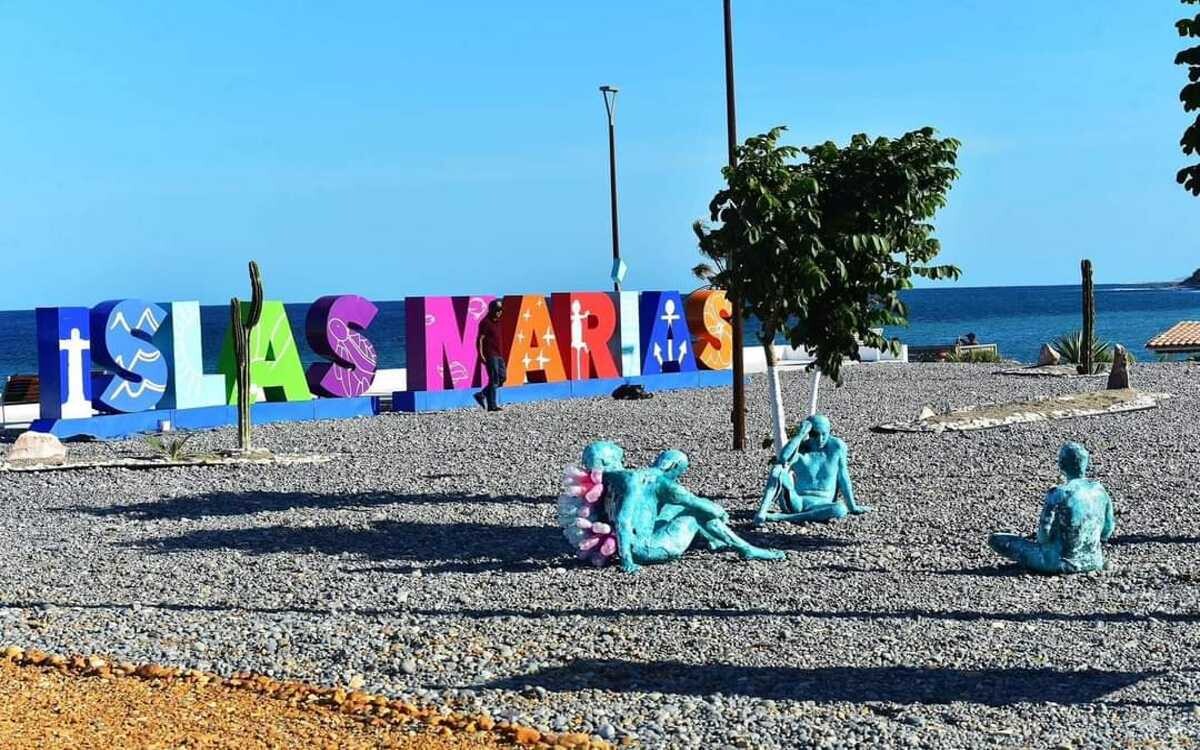
The Islas Marías complex, located on the coast of the state of Nayarit, was inaugurated as an ecotourism destination on December 16, 2022, by former President Andrés Manuel López Obrador. Presented as an accessible place for all Mexicans, it has generated controversy due to the trip exceeding 9,224 pesos per person for a two-day stay.
The transfer to the complex by ferry from Mazatlán or San Blas, with a capacity for 152 people, is part of a package that includes transportation, accommodation, meals, and guided tours by the Biosphere Guardians. The cost varies according to the type of service, with tourist class tickets at 3,500 pesos, executive class at 3,800 pesos, and in a private cabin at 5,000 pesos. Accommodation starts from 2,800 pesos per person in a single room to 15,000 pesos for family lodging, while meals are priced at 1,900 pesos per person.
According to data from the Ministry of Economy, the average monthly salary in Mexico in 2025 is 3,364 pesos, which contrasts with the estimated minimum cost for a two-day stay in Islas Marías of over 9,000 pesos, representing almost one and a half times the average monthly salary. Even for those classified in the middle class, with average incomes of 20,000 pesos monthly, the spending on this trip amounts to approximately 46% of their monthly income.
Despite offering services such as a tour guide, hiking insurance, and access to the protected area, many travelers have shown reluctance to face the proposed costs. In an attempt to encourage visits, discounts of up to 50% were promoted; however, this did not prevent a decrease in visitor influx to the complex.
The transformation of Islas Marías, formerly a penitentiary colony from 1905 until its closure in 2019, into an ecotourism site has been part of a project aimed at providing a high-quality experience at accessible prices. Despite the history and biodiversity that the archipelago hosts, the high cost of travel has raised doubts about whether it is truly an accessible destination for the majority of the population, as initially presented.













